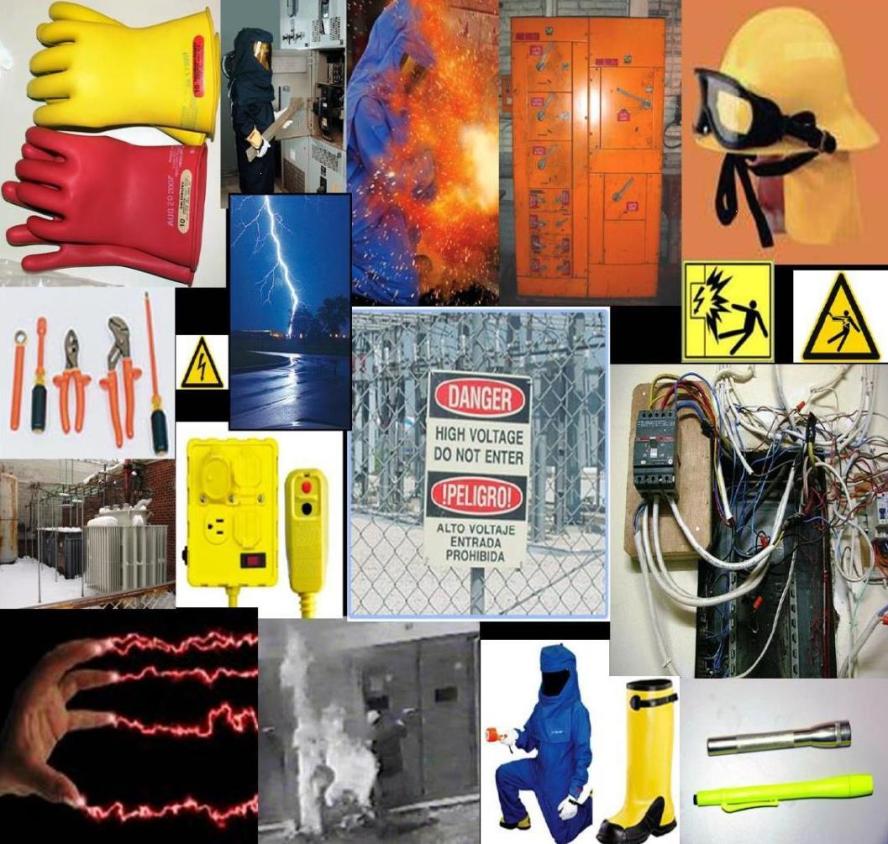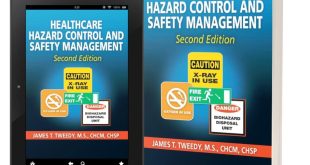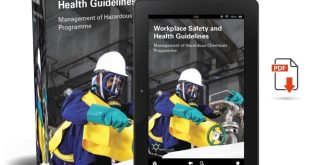The use of electricity is a vital ingredient of many of the production and support operations performed on-site. In today’s modern-day environment, we are literally surrounded by electricity. It is important that we protect ourselves from its potential hazards, as electricity is an unseen danger that cannot easily be detected with our human senses. Electricity can’t be seen or smelt, so electrical hazards can be difficult to identify.

Electrical Safety
Electricity is widely used in many industries and households and it is important to be aware of its potential hazards. Electrical safety measures such as regular inspections, proper use of equipment, and adequate training for workers can help prevent accidents and injuries related to electricity. It’s also important to be aware of warning signs such as frayed cords, overheating equipment, and other indicators of potential electrical hazards.
Electricity has the ability to harm us in a number of ways. These include:
Electrical shocks – excessive electric current flowing through the body can result in:
- Muscle spasms – that prevent letting go of wires or equipment and may restrict breathing.
- Heart Ventricular Fibrillation – rap and irregular beating of the heart. Respiration electric shocks may inhibit/restrict the part of the brain that controls our breathing.
- Body tissues, injuries – electric shocks can cause the destruction of tissue. Contact with high voltage and high currents of electricity can result in the body’s moisture heating up so rapidly that body parts can literally explode as the body fluids turn into steam.
Burns – from electrical arcs.
Electrical fires – with the potential to cause serious injury and property loss.
Consequential injuries – such as falls from heights that may occur as a result of sustaining an electrical shock.
Unexpected operation/activation – of hazardous equipment or machinery that may cause serious injury or death.
To protect against electrical hazards it is important that care is taken to plan jobs safely and identify risks associated with the job and the working environment. The aim should be to prevent all accidents associated with electricity.
Where risks are identified, action needs to be taken to control hazards so our safety is protected.
When using flexible cables, always ensure that leads are elevated on walkways at a height of no less than 2.2 Metres and avoid running over sharp surfaces, moving equipment or machinery, hot surfaces,
- Chemicals, such as solvents and oils and avoid placing excessive strain on joints.
- Chemical Hazards in the Workplace
- When using flexible cables, always ensure that leads are elevated on walkways at a height of no less than 2.2 Metres and avoid running over sharp surfaces, moving equipment or machinery, hot surfaces, chemicals, such as solvents and oils and avoid placing excessive strain on joints.
- Inspect electrical equipment prior to use. Note: Do not use faulty equipment.
- When inspecting equipment, ensure the correct color code inspection tag for the current quarter is fitted and in good condition.
- Avoid using electrical equipment in areas where flammable liquids are being used.
- Air openings on electrical tools should be kept clear.
- Damaged or faulty electrical equipment or tools should not be used.
- Unless you are a qualified electrician do not attempt to repair or alter electrical tools, equipment, or fittings.
- Wherever possible avoid running leads along the floor and decks.
- Electrical leads should not be routed over structural scaffold members.
- Danger tags and lockouts must only be removed by the persons who placed them.
Unsafe situations require corrective action to prevent accidents from being caused. Where possible, electrical hazards should be isolated or disconnected from the supply source and reported to your supervisor. Workplace hazards should be reported to your supervisor so action can be taken to make this safe and prevent recurrences from happening in the future.
Download Electrical Safety Books
- Electrical Safety in the Workplace
- Electric Safety Practice and Standards
- Handbook of International Electrical Safety Practices
- Electrical Safety of Low Voltage Systems
- Electrical Safety Code Manual
- Electrical Safety Handbook 3rd Edition
- Occupational Injuries From Electrical Shock and Arc Flash Events
 Boilersinfo Boiler and Mechanical Power Digital Library
Boilersinfo Boiler and Mechanical Power Digital Library








